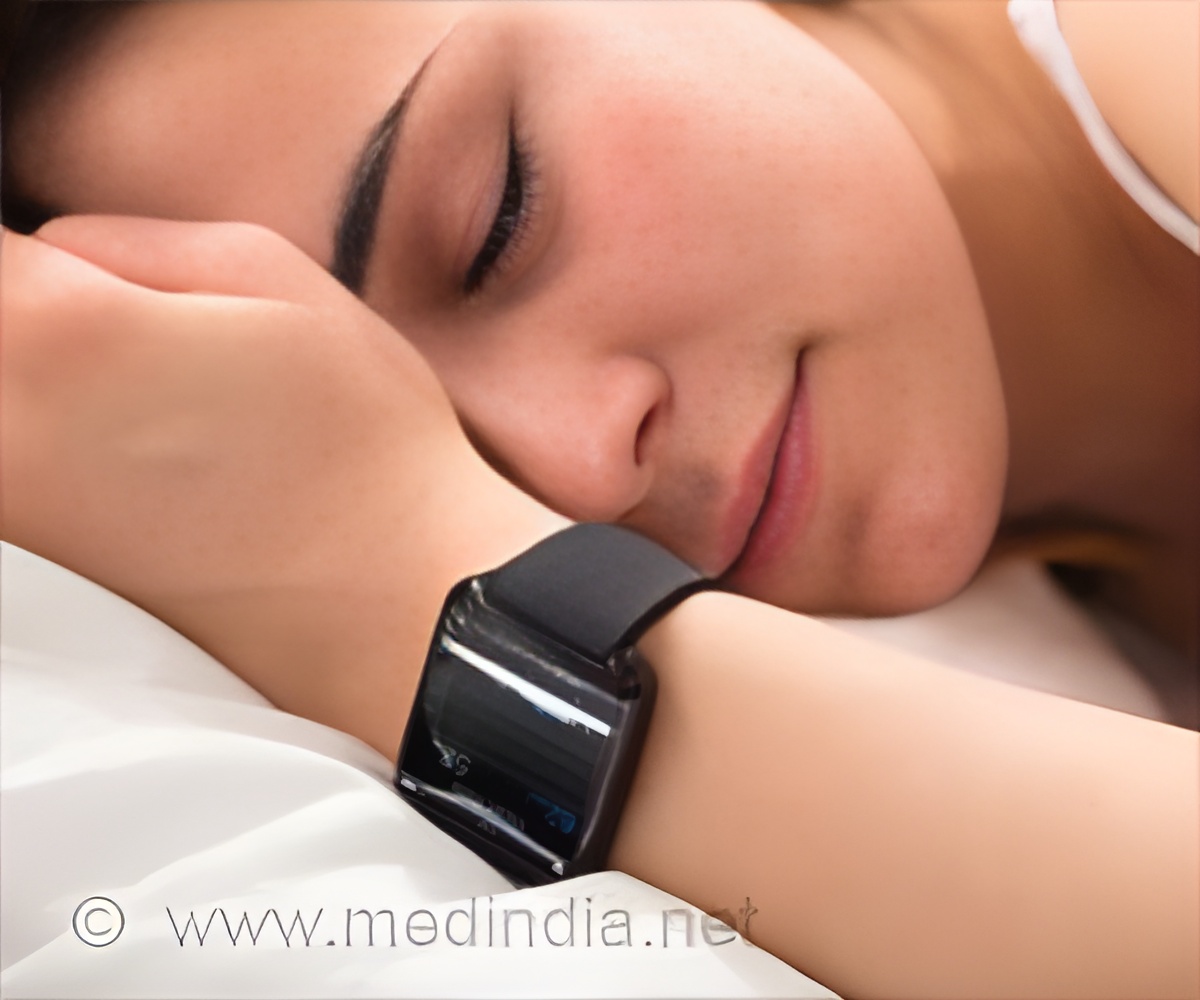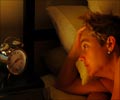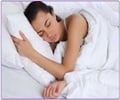A new method to optimize sleep and light exposure can reduce jet lag and improve alertness has been developed by scientists.

‘Circadian rhythms are master internal clocks that help regulate many of our physiological processes, including sleep, metabolism, hormone secretion, and even how our brain functions.’





"Using these algorithms and a mathematical model of a person's circadian rhythm, we have the ability to compute the best light to adjust your circadian rhythm and foster your well-being. This opens the opportunity to create a smart and healthy environment," said Agung Julius, an associate professor of electrical, computer, and systems engineering at Rensselaer and one of the authors on this paper. The same, he said, goes for determining the sleep -- both how much and when it should be received -- a person needs.
Energy, alertness, and other biological processes can suffer when that rhythm doesn't align with the clock one is actually trying to follow.
The Department of Defense is funding this research because of the benefits the researchers' findings could bring to the alertness of service members.
"The circadian and sleep processes are also very tightly related to your mental state and how alert you are," Julius said. "If you try to do something in the wrong time of day, your alertness is not going to be as effective as if you do it in the right time of day as defined by your circadian clock."
Advertisement
The LESA team, which includes John Wen, head of the Department of Electrical, Computer, and Systems Engineering at Rensselaer and co-author on this paper, has been working on algorithms that process data -- like heart rate and body temperature -- that can be collected from wearable smart technology and converted into an estimate of a person's circadian rhythm variation.
Advertisement
What the team has found and demonstrated is that the estimates their algorithms generated are in line with clinical hormone measurement techniques. Julius said these findings are indicative that the team's approach works.
"This work is important, because it characterizes the fundamental processes the human body uses to synchronize circadian and sleep processes. By developing biosensing analytics to characterize circadian phase, it is now possible to optimize the efficient use of light with appropriate spectral properties to help optimize and maintain human health and performance," said Robert Karlicek, the director of the LESA Center.
"This will be important to other work related to lighting and health in LESA's clinical research test beds at Thomas Jefferson University and the University of New Mexico."
Source-Eurekalert















